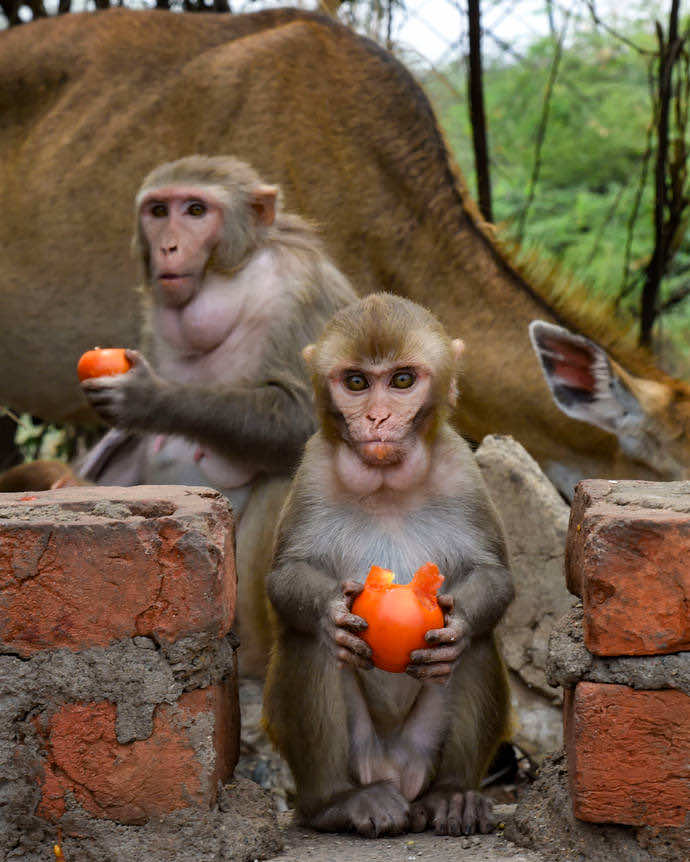Ever since the pandemic of coronavirus hit the world, people have become more conscious about their safety and actively make efforts to stay aware of new developments in medicine. This goes both for keeping up with the research and solutions that are devised to fight the viruses and diseases along with the onset of new viruses or diseases. Moreover, owing to the global connection through the internet, news spread fast and people all over the world are made aware of any recent developments.

A new virus has now appeared in China. However, quite fortunately, it is not of the same intensity that the coronavirus is of. Basically, the disease comes from macaques and is common amongst them. The chances of transmission from one human to other are very slim and it is only possible through direct exchange of bodily fluids. A similar kind of case was reported in the 1990s.
The scientific name of the virus is Macacine alphavirus 1 also known as the Monkey B or BV virus. It is transferred to humans from macaques when they are in direct contact with them like conducting a research on them, or at zoos and animal centers. After the infection, humans are predicted to have approximately 70%-80% lethality rate.

The case was reported and handled by the Chinese Centre for Disease Control (CCDC). It was a 53-year-old veterinarian who was working with the macaques. He complained of nausea and vomiting after almost a month of working with them. Samples of his throat and nasal swabs, blood, plasma, and cerebrospinal fluid (CSF) were taken. Unfortunately, he could not survive. Other samples like the RT-PCR were also taken to entirely learn about the virus.
The vet was working with other people as well. They were tested for four kinds of alphaviruses as well and they all tested negative. More caution and care are needed by the system for the people closely working with macaques. There is also a facility reported to have infected macaques in Florida.


